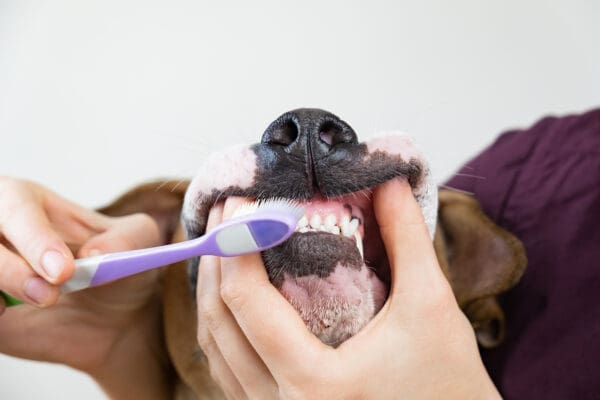I found this great and informative article on signs of illness in your cat. I hope you enjoy it.
By Steve Dale
Steve Dale is the host of the nationally syndicated radio shows Steve Dale’s Pet World and The Pet Minute with Steve Dale. His column, My Pet World, is carried in more than 100 newspapers nationwide and his new column, The CATalyst (in which this post originally appeared), just debuted. Steve also serves on the board of directors for the American Humane Association.
Dogs are more than twice as likely to visit the veterinarian than cats are. Here are some reasons why.
What can cat parents do? Familiarize cats early and regularly with cat carriers, take cats to the vet for routine care and learn to recognize subtle signs of cat illness. In honor of Take Your Cat to the Vet Day, here are some subtle signs of illness to look out for:
Changes in interactions: A previously clingy cat acting uncharacteristically aloof, or an independent cat transforming into “Velcro kitty” are examples.
Changes in activity: A decrease or increase in activity, and change in the cat’s daily routine are red flags — of arthritis, for example, which is far more common in cats than previously thought. So a cat who jumps on furniture less often is a potential sign.
Changes in chewing or eating habits: Contrary to popular belief, most cats are not finicky eaters. Look for changes, an increase or decrease, in a cat’s food intake. Eating less can signify several disorders, including dental problems. Increased appetite may mean diabetes or hyperthyroidism.
Changes in water intake: Drinking more or less can indicate a cat health problem, such as diabetes or kidney disease.
Unexpected weight loss or weight gain: Weight doesn’t always go up or down with a change in appetite. Cats with diabetes or hyperthyroidism, for example, may lose weight even if they eat more.
Bad breath: If those pearly whites don’t smell sweet as a daisy, something may be rotten in the mouth, or perhaps kidney disease or a digestive disorder.
Changes in grooming habits: Fastidious groomers letting themselves go — even just a bit — is a sure sign of potential illness. Over-grooming may be related to stress, pain or allergies.
Changes in sleeping habits: From catnapping more to awaking in the middle of the night, the explanation may be pain and/or illness, perhaps associated with aging.
Changes in vocalization: Wallflowers that begin to offer sermons or cat howling overnight may be doing so as a result of a medical condition. Possible explanations include hyperthyroidism, hypertension (high blood pressure) or anxiety.
Signs of stress: Cats dislike changes more than anything. Changes in your family’s schedule, new pets coming or going, or even rearranging the furniture can cause stress. A cat that isn’t feeling well may be anxious as a result. Geriatric cats may be especially prone to stress. Anxious cats might exhibit behavioral changes (such as missing the litter box). Anxiety requires the same professional attention as diabetes or a heart condition.
See more subtle signs that your cat may be sick.
Twice-annual exams for preventative care make sense, particularly since cats age far faster than people. If you your cat or your cats have not seen the veterinarian in six months, I suggest you make an appointment, even if your cats seem healthy. It’s the best investment you can make.
This article was re-posted by Larry Landin, owner of Cascade Kennels in Woodinville, WA. We love Cats at Cascade Kennels! Learn more about our Cat Boarding and Cat Grooming Services.



